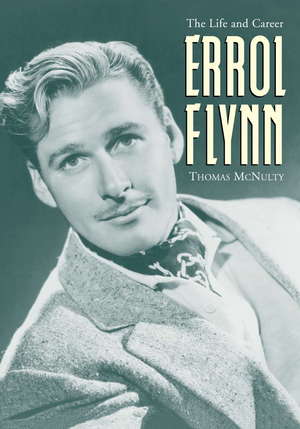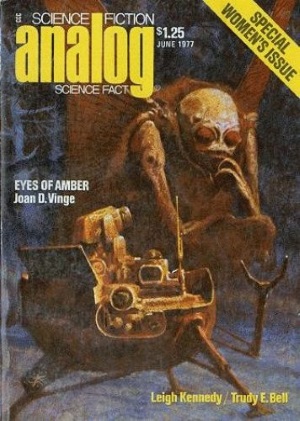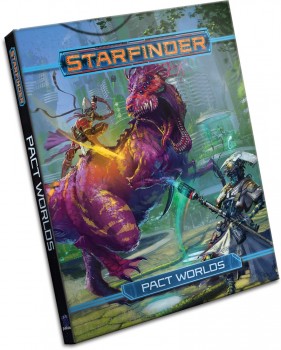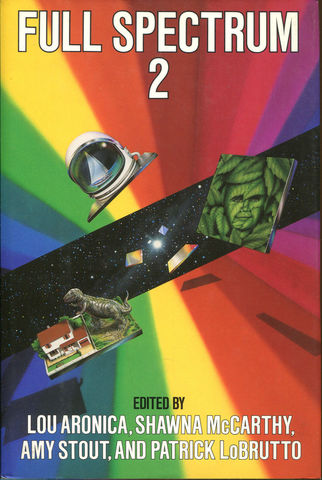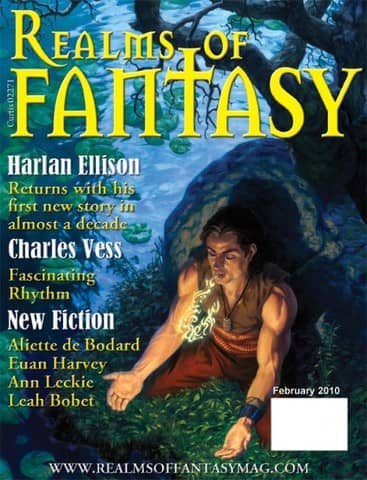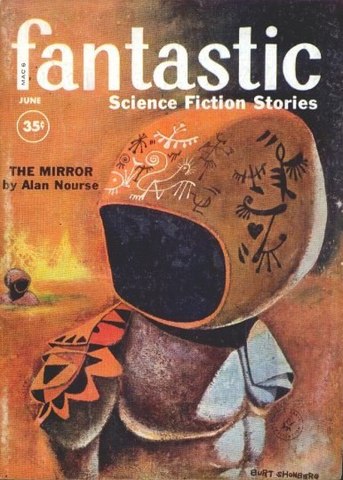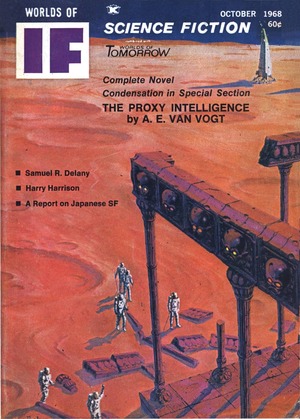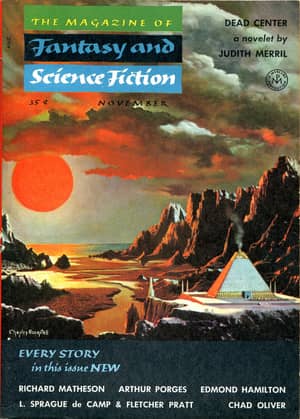Birthday Reviews: Colin Kapp’s “Ambassador to Verdammt”
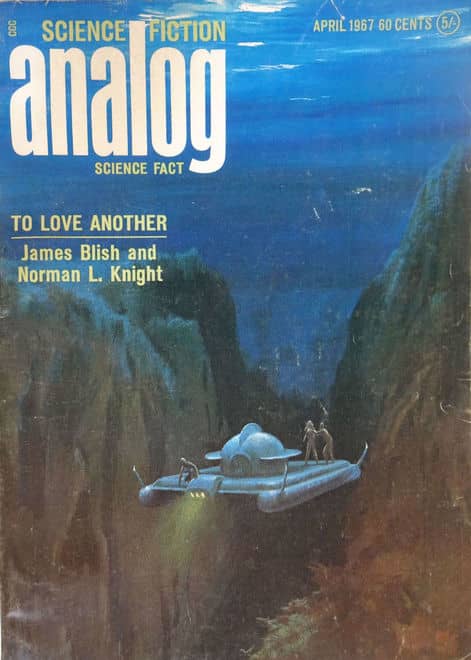 |
 |
Cover by John Schoenherr
Colin Kapp was born on April 3, 1928 and died on August 3, 2007.
Kapp was the author of the Cageworld series as well as a series of short stories featuring the unorthodox engineers. Capp’s first short story “Life Plan” appeared in New Worlds in 1958 and his first novel, The Dark Mind, was published in 1964, although serialized the year before.
“Ambassador to Verdammt” was first published by John W. Campbell, Jr. in Analog Science Fiction/Science Fact in April 1967. It was picked up by Donald A. Wollheim and Terry Carr for inclusion in World’s Best Science Fiction 1968. The story was also included in a 2013 collection edited by John Pelan, The Cloudbusters and Other Marvels. It was translated in 1972 for an Italian edition of the Wollheim and Carr. It was included in Science Fiction Stories 33 from German publisher Ullstein.
Kapp focuses on the struggle between the military and the bureaucracy in “Ambassador to Verdammt.” A bureaucrat is preparing a planet for the arrival of its first human ambassador. Lieutenant Sinclair is opposed to building a landing pad for a faster than light ship on the planet Verdammt, especially when he learns it is so an ambassador can be brought to the planet, which is noted as having no sentient species. Orders are orders, however, and he does the work, even while clashing with Administrator Prellen and psychologist Anton Wald.
